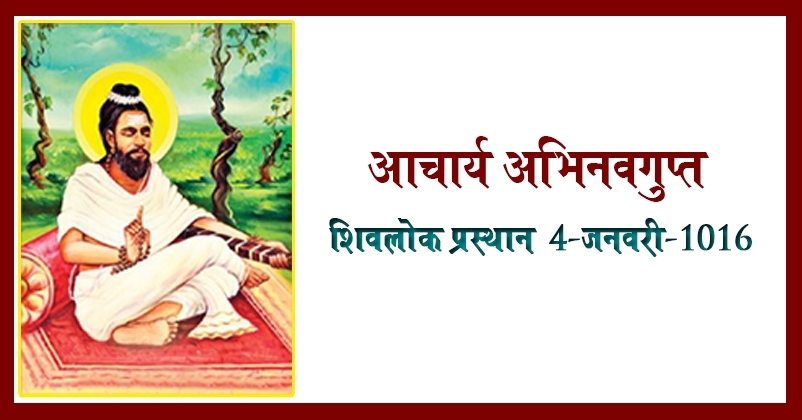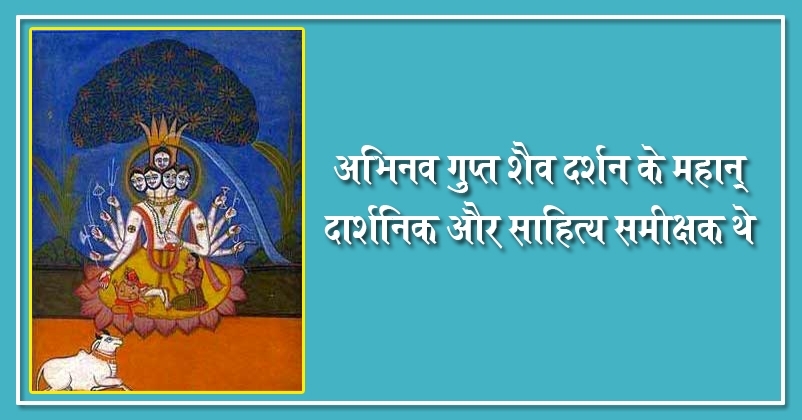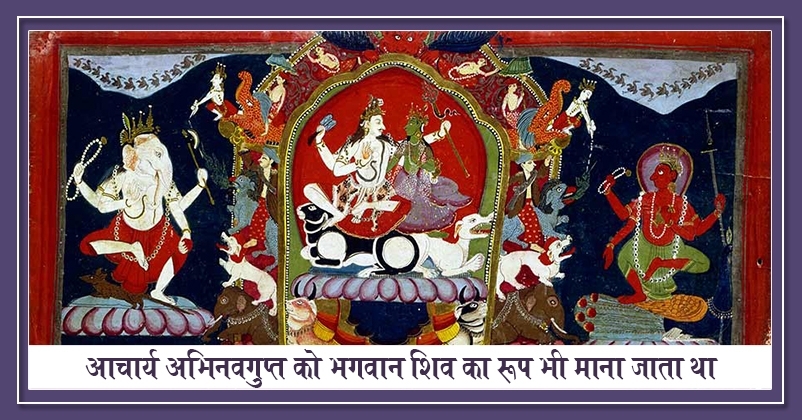The following is an excerpt from the book “Political Thoughts in the Vedas”. The book has been translated into English by a team. ( Original in Hindi by Dr.Shiv Acharya, book titled ” Vaidik Parampara me Rajanaitik Tatvachintan); The translation project was guided by Sri Sriram Sathe, the famous historian who felt that it the thoughts presented in the original are very pertinent and should be circulated within the English audience. The book is approx 150 pages and is priced at Rs.100/-. Anybody who is interested can contact me at Ayush.Nadimpalli@gmail.com Or contact Sahitya Niketan @ 040-27563236 ;
Introduction
The Vedas are like an endless ocean. Only the people who delve into the Vedas with devotion can find proper explanations on its various aspects. In my childhood, my father taught me the Mantras for Pushpanjali of Lord Shiva. One of them is
“Sāmrājyam Bhaujyam, Swārājyam Vairājyam, Pārmeştyam Rājyam, Mahārājyam Ådhipatyamayam, Samantaparyāyi syāt Sārvabhaumah, Sarvāyusah āntād ā parārdhat, Prithivyaih Samudraparyantā yāh Ekarāţ iti.
I could not comprehend in my childhood that the Mantra that I was chanting was actually a reflection of the knowledge of political science of my ancestors. This Mantra is from the Aitareya Brahmana ( 8-4-39). This book is basically restricted to being an explanation of the above Mantra from the Aitareya Brahmana.
Framework of Political Thought in World History
Just after the creation of human race the Almighty had revealed the knowledge of the Vedas through the sacred souls of the seers. In them several issues regarding nation and systems of state have been dealt with minutely. Issues relating to creation of nation, its speciality, inculcating national feeling, nation and statehood have been mentioned. Since I have written a book on national feeling, we will now discuss only about the Political systems alone.
Many eons later, Brahmagranth (Brahmasūtras) and Kalpasūtras came into existence. They mention about Sāmrājya, Bhaujya, Swārājya, Vairājya, Pārameṣtyarājya, Mahārājya, Ādhipatyamaya, Samantaparyāyi, Sārvabhauma and Jānarājya types of administrative systems. By performing Rājasūya, Vājapeya and As’wamedha yagas, men became emperor, king etc., and used to rule the country based on that system.
After many Yugas and in the 28th Yuga Chakra of Tretā Yuga, Shri Rama became the King of Ayodhya. When Bharata went to bring Sri Rama back from exile, Sri Rama taught him about the anarchy and its ill effects.
About 5,100 years back the Dwāpara yuga came to an end. Sri Krishna the unparalleled strategist and political thinker lived in the Dwāpara Yuga. During the same period, grandsire Bhishma, on his bed of arrows, spoke about Vairājyavād and Rājyotpatti (Evolution of state) in very simple terms. We come to know about the depth of Bhishma’s political ideas and the heights of his scientific temper in this discourse.
In the 3rd Century B.C., Arya Chanakya composed the Artha Shastra. He also gave clear explanations to various aspects and strategies of state administration. Inspite of being the Prime Minister, he lived in a hut. He lived a selfless and service oriented life standing as an ideal to our entire nation.
Time passed on. Political science took shape in the West in the 13th Century A.D.. The Social Contract Theory was considered to be the first Political Ideology by the West. Aquinas says, “The evolution of the State, its Rights and Functioning is based on a compromise.” Protestants and Catholic sections came into existence. Later the Protestants divided themselves into sub-sects like Puritan Presbitarian and Huganis. For 36 years. France witnessed civil war between Catholic fathers and nobles on one side and Hugonis businessmen and nobles on the other. The Catholics used to say that the governance cannot be impartial but is dependent on relationships. In the early half of the 17th century five types of political thoughts came into being.
1. The King is answerable to only God and not to the people – thoughts of Stuart and others
2. King’s power is limited and both the King and the State are controlled by the Parliament
3. A group of Visionaries said that Natural laws are supreme and the right to break them cannot be given to anyone.
4. Democrats would say – The King is a result of relationship ( Anubandh). Therefore to oppose relationship would mean that the people would revolt against the State.
5. Catholics would say that Christianity is supreme and the State should be under its control.
Later, Europe saw the advent of Hobbs, Locke and Rousseau. Hobbs propounded the theory of Sovereign Statehood, Locke about Liberal Statehood and Rousseau about Administration through the free-will of people. Western political systems are based on various systems such as Monarchy, Aristocracy, Oligarchy and Democracy. As a result Capitalism raised its head and the world started grappling with a new problem. This was followed by the rise of Marxism and theories like Communism and Socialism sprang forth. During the same period, theories related to Pluralism, Fascism and Anarchy also came into force.
Thus, as Western Political ideas kept springing forth, states were built on these ideas and they collapsed due to weakness of these political theories. We are aware of the futility of the political ideas of the present day too. Western political thinkers are caught among various failing political systems. They are unable to find peace neither in Democracy nor in Communism. They have been unable to present a clear political philosophy and ideology. The vacuum thus created has enabled religious fundamentalist politics to raise its ugly head. Christian and Islamic leaders have turned Europe into a battlefield causing the death of millions. Christian Crusaders and Islamic Jehadis have exterminated races and religious fundamentalism now stands as a challenge to humanity.
The civil war of England was due to differences between five ideologies but at present there are so many ideologies functioning with selfish motives. Across the World, intellectuals who seek peace for mankind are worried and are searching for a way out of these problems. Many of them believe that only Bharat can provide a working solution to evolve a peaceful world order. They not only feel this but have expressed this in many forums as well. We do not need to compete with these selfish ideologies which are the foundation stones of some nations which have an extremely short history as compared to the crores of years of history and heritage of our nation.
MAIN FOUNDATION FOR STUDY OF POLITICAL SCIENCE
People following the western lifestyle afflicted by Selfishness, Conflict, Bloodshed and Jealousy have established the State in the West. Their Social Contract Theory is also based on the same, be it in Autocracy, Oligarchy, Democracy or Communism.
However, the situation in Bharat was different. The seers in Bharat first evolved a fulfilling and value based national lifestyle and then evolved Statehood based on Vairājyavād. Since the life of the common man was based on a comprehensive value based system, the political system also ran peacefully for a long period of time. As time passed, the theory of “Big Fish Eats Small Fish” ( Mātsyānyayavād), took shape and the society was afflicted by this. The leaders who worked towards the establishment of a working peaceful order, studied the changes that had crept in. Keeping in view Human specialities ( Mānava Vaishistya), their aims (Mānava Dhyeya) and their duties (Mānava Dharma), they evolved some beautiful social and state theories. These were called Sāmrājyavād, Bhaujyavād, Swāraajyavād, Pārmeṣtyavād, Rajyavād, Mahārājyavād, Ādhipatyamayavād, Samantaparyāyīvād, Sārvabhaumavād and Jānrajyavād. There is a reason for the evolution of these theories. Let us discuss them.
1. Who is Man? – Organs of State and Nationalism are for the humans. Therefore the focus of deliberation was Man. We consider that man is a combination of soul, mind, body and intellect and not just body and mind. It is said Ātmanaam Rathinam Viddhi Shareeram Rathameva tu Buddhim tu sārathīm Viddhi manah Pragrahameva ca – Kathopanishath 1/3/3/
Soul is the master, body is the chariot, buddhi is the charioteer and mind is the rein. We describe a human being using these metaphors. The Ātma (Soul) is considered to be the true identity of Man and the various Dharmas (duties) are for the purpose of helping the Ātma to reach higher states of consciousness. When Man becomes perverted, he becomes more body-centred from being soul-centred. Therefore, Veda directs Man to remain Soul Centred and in order to accomplish this and to rid the society of evils, the concept of State was created.
2. Goal of Man ( Mānava Dhyeya)– While discussing the aim of man, he is advised to develop his consciousness towards enlightenment. When the consciousness of the soul increases, then he will be equanimous in happiness and sorrow, profit and loss, victory and defeat and will realize the Truth. On this the Rgveda ( 1/164/20 ) says: Dvā suparnā sayujā sakhāyā samānavruksham, pariṣasvajāte, tayoranya pippalam svadwātti anas’nannanya bhichākas’itih
We will have to deliberate ons this from the political aspects. Man wants to attain the state of “ Tat Tvam Asi” ( That Art Thee) and So’ham ( I am Thee) by climbing the ladders of spiritual progress through his Sadhana ( spiritual practise) in this world. But when the foundation of the land on which he stands is itself unstable, how will he progress. Therefore, Nationalism and Political Science came into being. In such a state Man says,
Rāṣṭraya mahyam badhyatām (Atharva 1/29/4)) – I am controlled for the benefit of the Nation
Aham rāṣtrāsyābhivarge nijah bhūyāsam – I will be one of the best citizens of my country.
Man also describes Nation as a Devata.
“Mama dvithā rāṣtram kshatriyasya vis’vāyorvis’ve amṛtā yathā nah – Let the national life here be continuous. Because of this political science emerged after Mātsyanyāya (big fish eating small fish ).
3. Duties of Man : (Mānava Dharma )– Dharma is a great word by itself. Intellectuals across the world are unable to find a synonym for Dharma. Therefore, we would like to elucidate and comment on Dharma on our terms.
Paramātma wanted to create and this was called a Yagya. After this, the noble Devās were created and on the lines of the Yagya of the Paramātma, they started performing works for further development. These were also called Yagyas. The procedure for performing the various acts of the Devas and the rules for the same was also part of what is called Dharma. See Yagyena yagyam ayajanta devāh tāni dharmāṇi prathamānyāsan – Rigved 10/90/4
This became the primary Dharma in the Paramatma’s creation. After sometime, for the sake of individual development, Vaiśeṣika Darśana ( philosophy) gave a new meaning to Dharma. Yatobhyudaya nih śreyaas siddhih sa dharmah.
That which gives rise to prosperity and well-being and then leads to ultimate salvation, that is Dharma. Maharaja Manu has stated that
Dhruti kṣamādamóstheyam
Shaucamindriyanigrahah
Dhī vidyā satyamakrodho
Daśakam dharmalakshanam
In this way, words like Gṛhasta Dharma (Dharma for house holders) and Streedharma (Dharma for women) came into being. Our sages visualized that along with Personal Dharma, Rāja Dharma ( Dharma for the kings ) was also needed.
Sarvasya Jīvalokasya rājā dharma parayanah – Mahābharata.
We have been calling Politics as Rājadharma from ancient times. With the help of Raja Dharma, we should make effort to make the World a Land of Spiritual practice which would ultimately result in making mankind realize the state of Soham ( I am Thee). It was for this purpose that Political science and political scientists came into being.
4. Co-ordination of these Thoughts : After the state of Vairājya, some ill practices found their way into social life and Mātsyanyāya ( Big Fish Eats Small Fish Syndrome ) increased. The leaders who worked towards the establishment of a working peaceful order, studied the changes that had crept in. Keeping in view Human specialities ( Mānava Vaiśiṣtya), their aims (Mānava Dhyeya) and their duties (Mānava Dharma), they evolved some beautiful social and state theories.
Present Parlance in Politics
We have adopted the Western political theories in modern India as they are. Clear evidence for this is found in the fact that the political theories currently prevalent in India are basically the translations from English. Some of the examples are as follows.
I. Independent: This is an antonym of the word ‘Dependent’. The word ‘Independent’ is by itself meaningless because nobody in the world can live Independent of others. We are dependent on our parents, guru(teacher), friends, relatives and the society right from our childhood. “ Svādheen” is also wrongly translated as ‘Independent’. Svādheen means that Man should be under the control of something and that is his ‘Sva’. So what is Sva ? The Sva is the essence of the entire Philosophical treatises prevalent in Bharat . The Upanishads say, “Anoranīyān Mahato Mahīyān”. It is smaller than an atom and greater than greatness itself. A detailed explanation of ‘Sva’ forms the vast storehouse of Darśanas like Sānkhya, Vaiseṣika and Mīmamsa.
Secondly, the word “Independent’ itself has two meanings
a. Creating a system on one’s own and living by that and also making others live unto that system
b. There is an existing system and that is treated as the base for everything and working as per that system and also making oneself to run accordingly.
Therefore, the political thinkers in Bharat from the Vedic period to Kautilya have never tried to play jugglery with words and did not do a post-mortem of words.
II. Communism: Unlike communism, our concept of equality does not end only at the stomach and body. Our concept of Equality is
“Samāno Mantrah, Samitih Samāni, Samānamastu Vo Mano, Samānā Hṛdayāni vah”.
(Let Our Individual Expression and Collective Decisions Be Similar. Let Our Minds and Hearts Work Similarly).
Compared to our form of equality, Communism is merely a paralytic and materialistic outlook towards equality and does not even address the preliminary aspects of the concept of equality present in Bharatavarsha.
III. Democracy or Lokatantra: The word Lokatantra is used synonymously with Democracy in India. The word Loktantra has many meanings. One of them is running the administration according to the people’s desires. The second meaning is running the administration according to the various customs, tradition and culture of the people of the land. The third meaning is running the administration by taking the advise of the people and striking working compromises. Today, the world considers India as the best democracy in the world. However, on analysis, it is unclear as to what form of democracy we are following. Our ancestors did not use an unclear word like Lokatantra which has multiple meanings, but used a very definitive word, Jānarājya.
“Janānān Rājyam Iti Janrājyam, Janrājasya Bhavah Jānarājyam”, meaning the form of administration which reflects the aspirations of the people is Jānarājya.
– Ayush Nadimpalli
article published in arise bharat



